Description
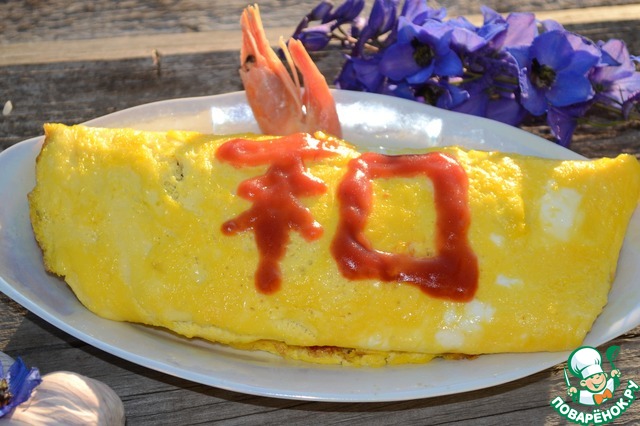
Amoris (Omurice) – this dish is a modern Japanese cuisine which was a omelette stuffed with rice and vegetables. This is a very hearty and beautiful dish that may be delicious Breakfast and decorate a festive table. As you've probably guessed, the word omuraisu comes from the words "omelette and rice". Omuraisu best eaten with a spoon. When the spoon incision air yellow egg, it wakes up some hot, ketchup-dyed rice. And on top of the eggs there is a solid serving of tomato ketchup, which can be spread on the rice.
Ingredients
-
Figure
100 g
-
Mushrooms
6 piece
-
Onion
1 piece
-
Garlic
5 tooth
-
Shrimp
5 piece
-
Green peas
4 Tbsp
-
Sweet white wine
3 Tbsp
-
Parsley
-
Ketchup
4 Tbsp
-
Chicken egg
8 piece
-
Milk
4 Tbsp
-
Black pepper
Cooking
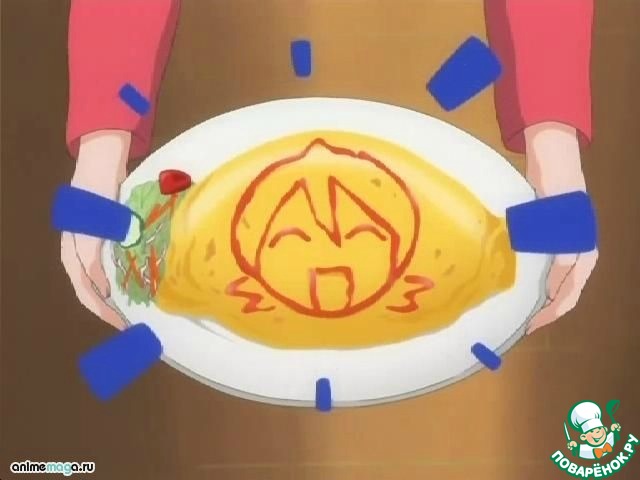
The king of Japanese cuisine, of course, is rice, the Japanese have appeared about 2.5 million years ago. The Japanese call it "indicator of national well-being". Rice is preparing a lot of dishes in Japan. One of them I now tell you... In Japan omuraisu a long time has become a symbolic dish. It is prepared in recognition of a specific person. Therefore omuraisu is a culinary message. Top omelet with ketchup necessarily draw any patterns or make labels. By the way, the recipe is Japanese are so diversified that there are even specializing in preparing café, where they make omuraisu with various fillings and additives, while maintaining the same only two ingredients – rice and scrambled eggs. The photo frame from the anime.
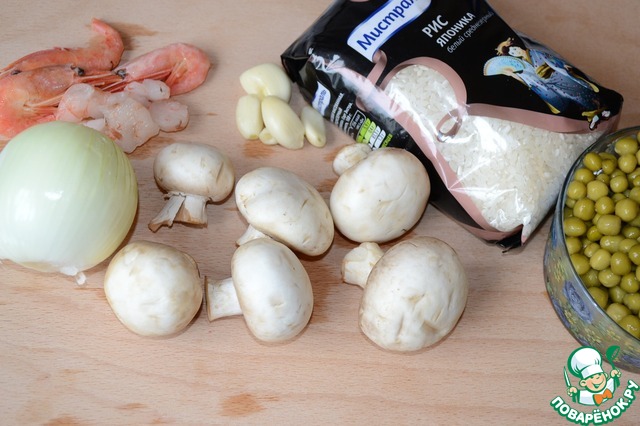
The main ingredients for omuraisu. To prepare Japanese omelet with rice going from Mistral's "Japonica". White as snow and very glutinous rice Japonica is a component of most national Japanese dishes. When cooking almost opaque rounded grain of this rice absorbs large amount of fluid, and thus become sticky, but still maintaining shape. Cook the rice according to the instructions, but with less water than usual.
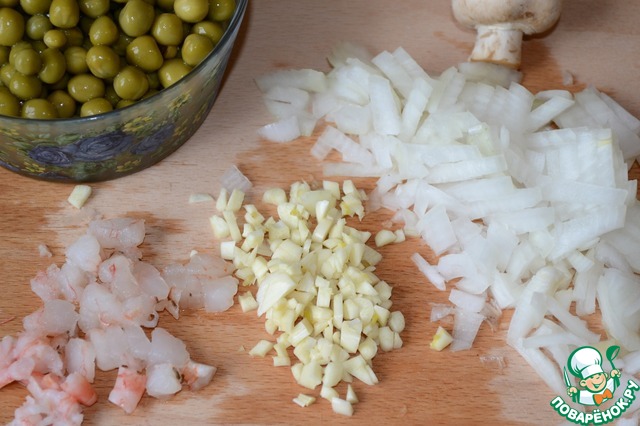
While the rice is cooking, prepare the filling for the omelet. Onion and garlic finely chop. Shrimp cut into small pieces.
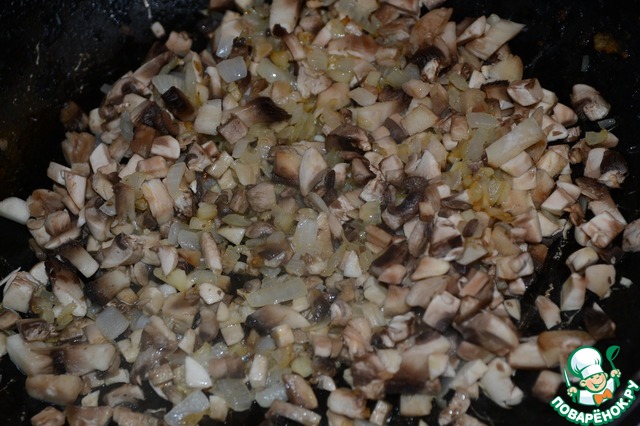
Mushrooms cut into small pieces. In butter fry garlic and onion until Golden, add the mushrooms. Then pour the wine and fry until evaporate the alcohol.
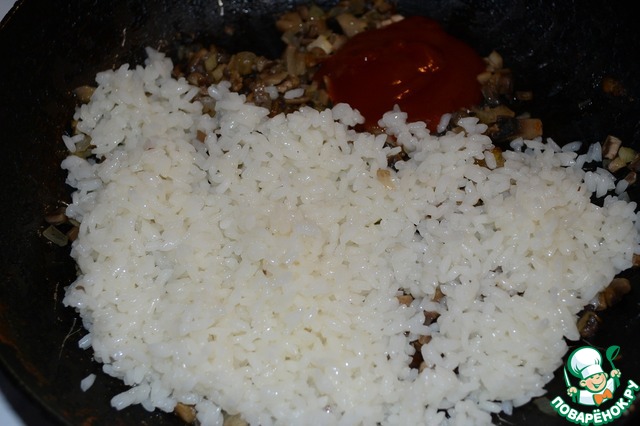
Add cooked rice, ketchup and stir. Pepper, salt. A little warmed up.
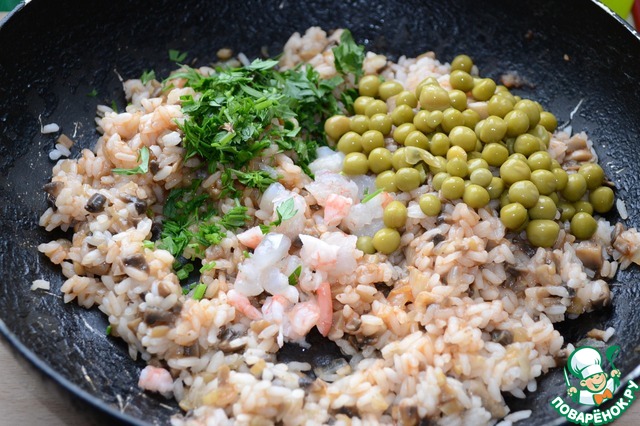
Pour green peas, chopped parsley, prawns and fry while stirring for two minutes.
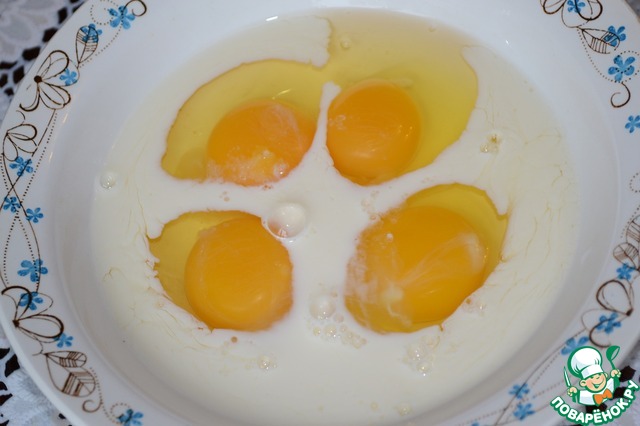
Left to make an omelette! In a bowl whisk 4 eggs and milk (for one omelet), sprinkle with salt. Pour the egg mixture on a well heated pan with sunflower oil. The egg mixture should cover the entire surface of the pan, so it is better to take not very large frying pan.
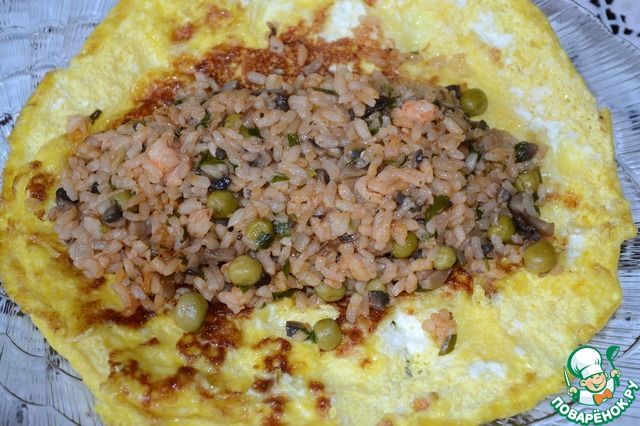
The finished omelet spread half of the rice and toppings like obvolakivaet her omelet. In Japan, there are two ways: the first is to put the rice in an omelet wrapping the omelet and flip to the plate, the latter - just remove the omelet from the pan and cover already in the plate of Fig.
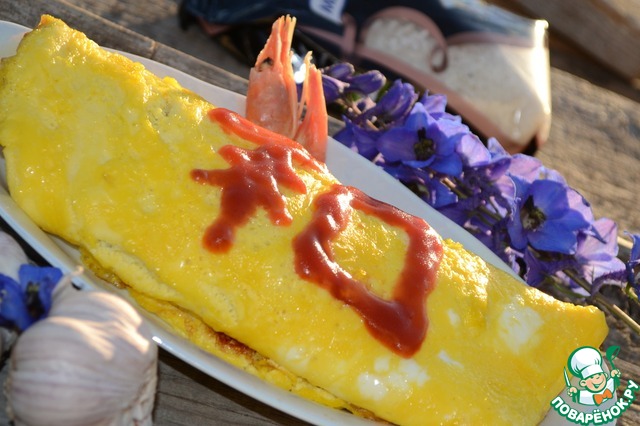
Interesting fact, it turns out, omuraisu specially served with ketchup, which you can write some words on the bright surface of the omelet. Many businesses even write the name of the person for which a specific portion of omuraisu. A trifle, but nice!

A little about the rules of table etiquette in Japan. Rules of Japanese table etiquette evolved over the centuries. Their implementation always causes a friendly reaction of the Japanese. Before eating, you should, usually with a slight bow, refer to the owner with the word "Itadakimas!" It has many meanings, but in this case: "With your permission, I can start eating!" As a rule, first served trays are covered with lids, two bowls. On the left side with rice (or empty - for rice), and on the right with the soup. If the rice bowl is empty, you should take the bowl in both hands and place it on the tray before you put the dealer figure the waiter (or hostess). Filled with rice bowl adjustable to your tray. Only after that, right-hand, take the wand, but not before they took the main guest. A bowl of rice is taken in the left hand and the chopsticks pick up rice. Thus runs the ancient Japanese tradition to start a meal with rice, main product. After rice is done SIP soup from a bowl that is taken by the right hand. This ritual is often part of the lunch is almost over. Then you can have everything served on a tray, in any order. When eating rice, there are a number of important symbols. If the bowl is left figure, it means that you have not finished eating. Clean bowl is a signal that you have completed your meal, and you will be served tea. After tea bowls covered with lids. The chopsticks during a meal when not in use, are placed on the special podstavochki. In any case, you cannot leave them stuck in the rice. After the meal the chopsticks are placed on a tray as a sign of the end of a meal with the words: "Gochiso-sama!" ("Thank you for the meal!") and a nod.

Itadakimas!
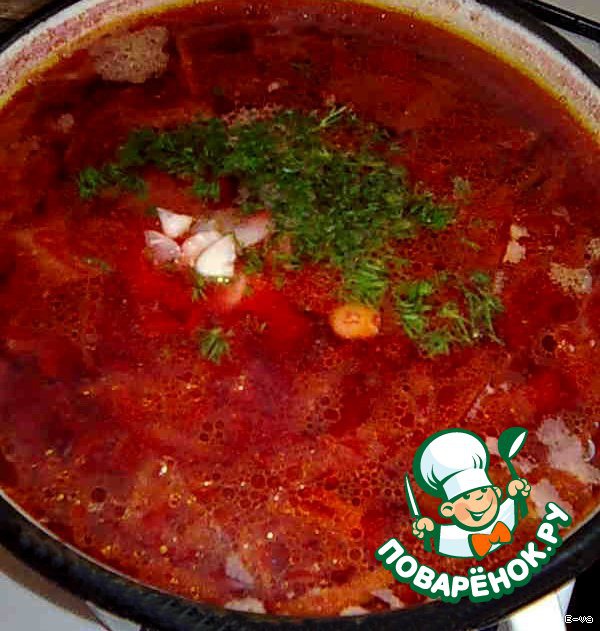
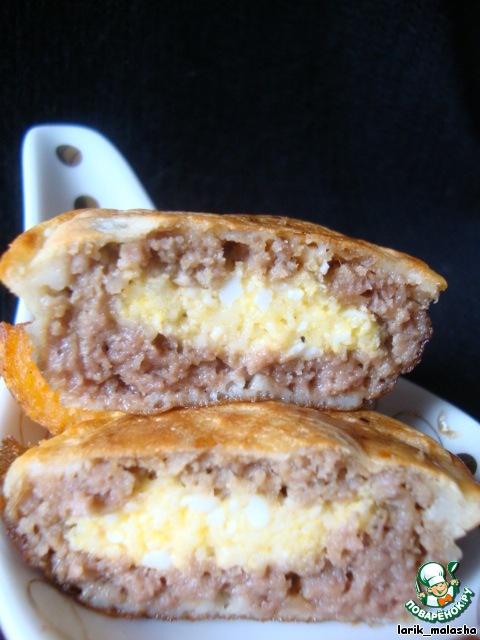
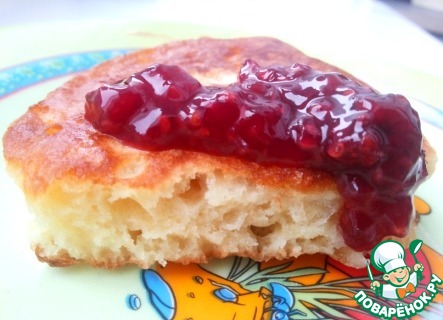
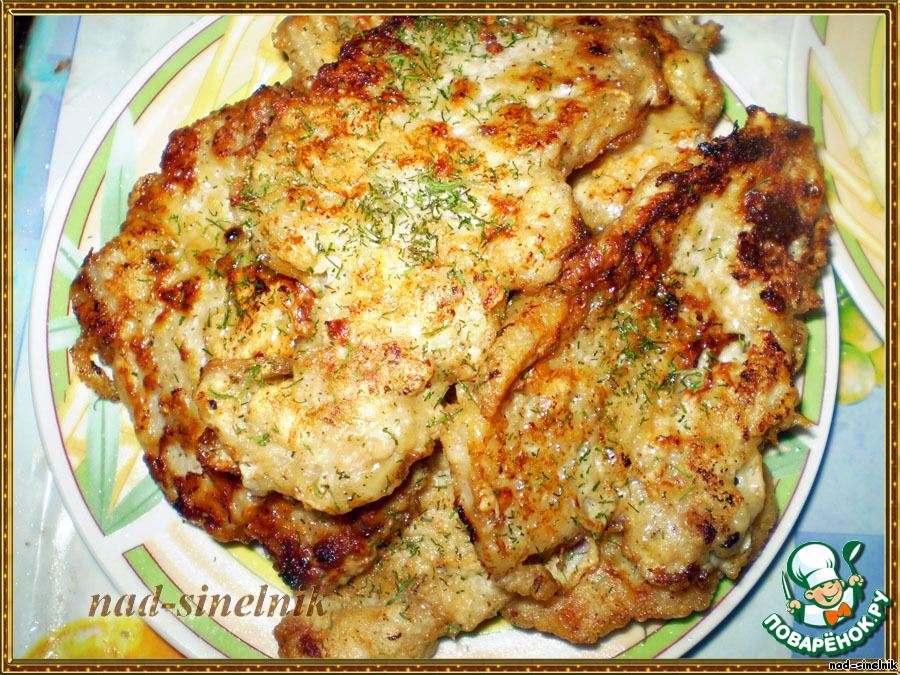
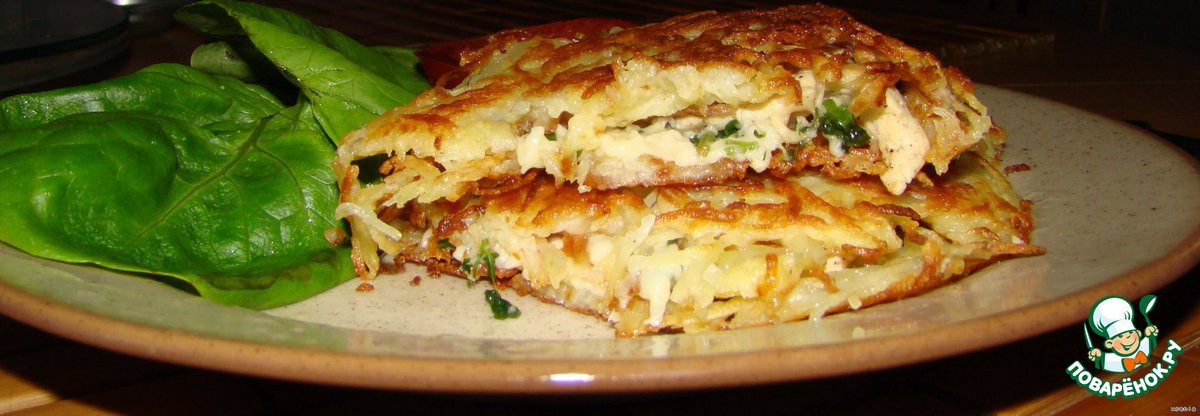
Leave a comment or a recipe review
Leave comments can only registered users.
Register, or Login if you are already registered.